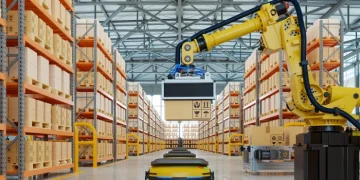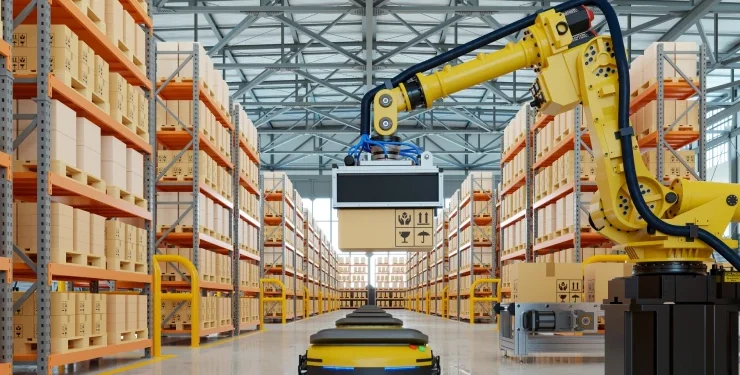In the rapidly evolving logistics landscape, the shift from traditional fixed automation systems to flexible solutions is redefining warehouse operations. This transition is driven by the need for adaptability, scalability, and efficiency in meeting dynamic market demands.
The Limitations of Fixed Automation
Fixed automation systems, such as conveyor belts and sortation machines, are designed for specific, repetitive tasks. While they offer efficiency in stable environments, their rigidity poses challenges in adapting to fluctuations in demand or changes in product lines. Modifying these systems often requires significant time and financial investment, limiting operational agility.
The Rise of Flexible Automation
Flexible automation introduces technologies like Autonomous Mobile Robots (AMRs) that can be easily programmed and reconfigured to perform various tasks within the warehouse. This adaptability allows businesses to respond swiftly to market shifts, seasonal peaks, or unexpected surges, ensuring continuity and efficiency.
Key Advantages of Flexible Automation
-
Scalability: Businesses can start with a modest deployment of AMRs and expand as operational demands increase, optimizing investment and space utilization.
-
Enhanced Agility: Flexible systems enable quick adjustments to workflows, accommodating new product types or changes in order profiles without extensive reconfiguration.
-
Cost Efficiency: By reducing reliance on fixed infrastructure, companies can lower capital expenditures and allocate resources more effectively.
Industry Adoption and Success Stories
Leading logistics providers are increasingly adopting flexible automation to enhance their operations. For instance, companies like DHL have integrated AMRs to manage peak demands efficiently, allowing for seamless scaling without overhauling existing systems.
Strategic Implementation Considerations
Transitioning to flexible automation requires a strategic approach:
-
Assessment of Needs: Identify specific operational challenges and determine how flexible automation can address them.
-
Pilot Programs: Implement small-scale deployments to evaluate performance and gather insights before full-scale integration.
-
Stakeholder Alignment: Ensure all teams are informed and aligned on objectives, processes, and expected outcomes to facilitate smooth adoption.
Embracing flexible automation positions warehouses to navigate the complexities of modern supply chains effectively, offering a competitive edge in a dynamic market landscape.
Stay informed with The Logistic News for the latest insights into warehouse automation and supply chain innovations.
#WarehouseAutomation #FlexibleAutomation #LogisticsInnovation #SupplyChainEfficiency #AMRIntegration























